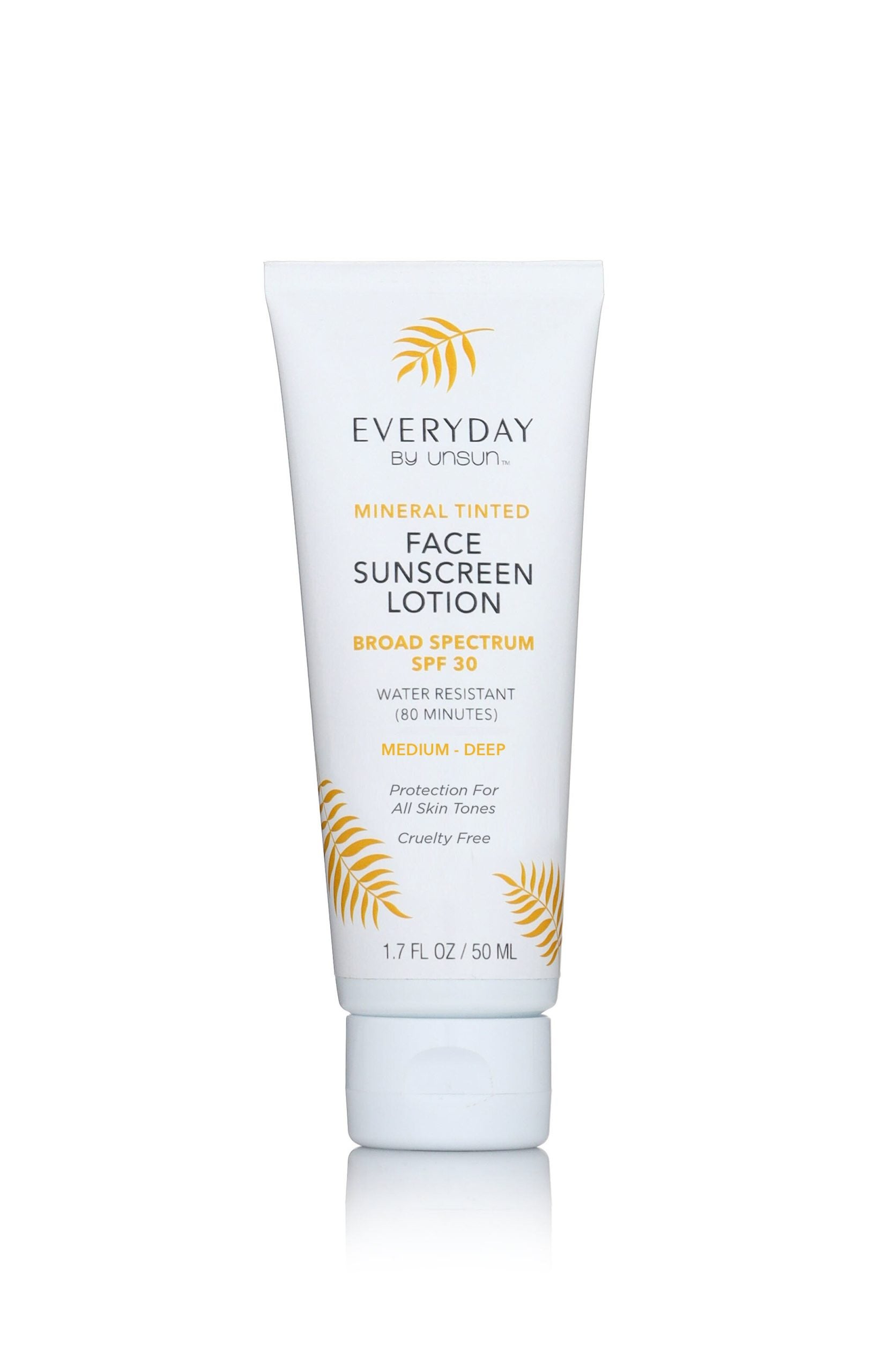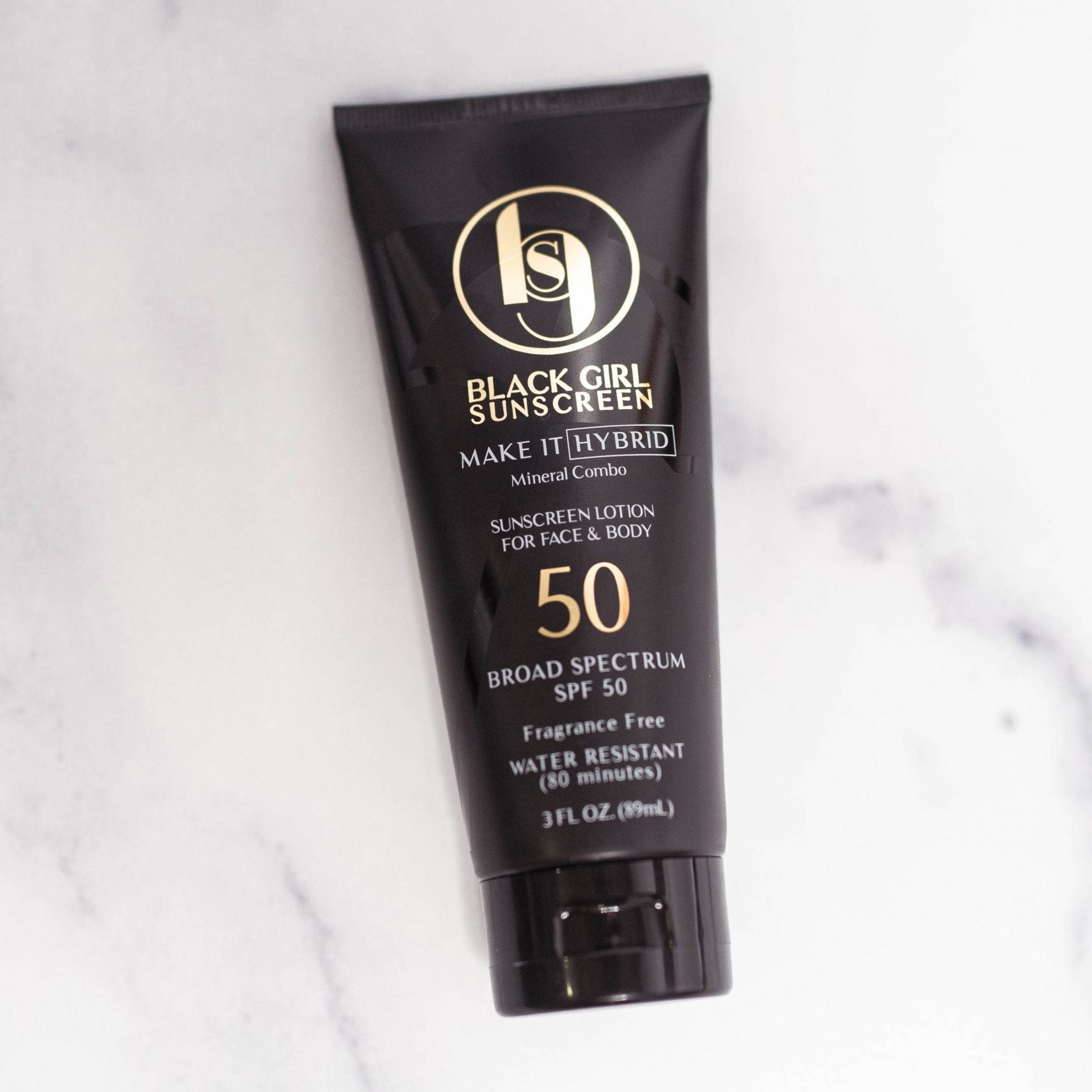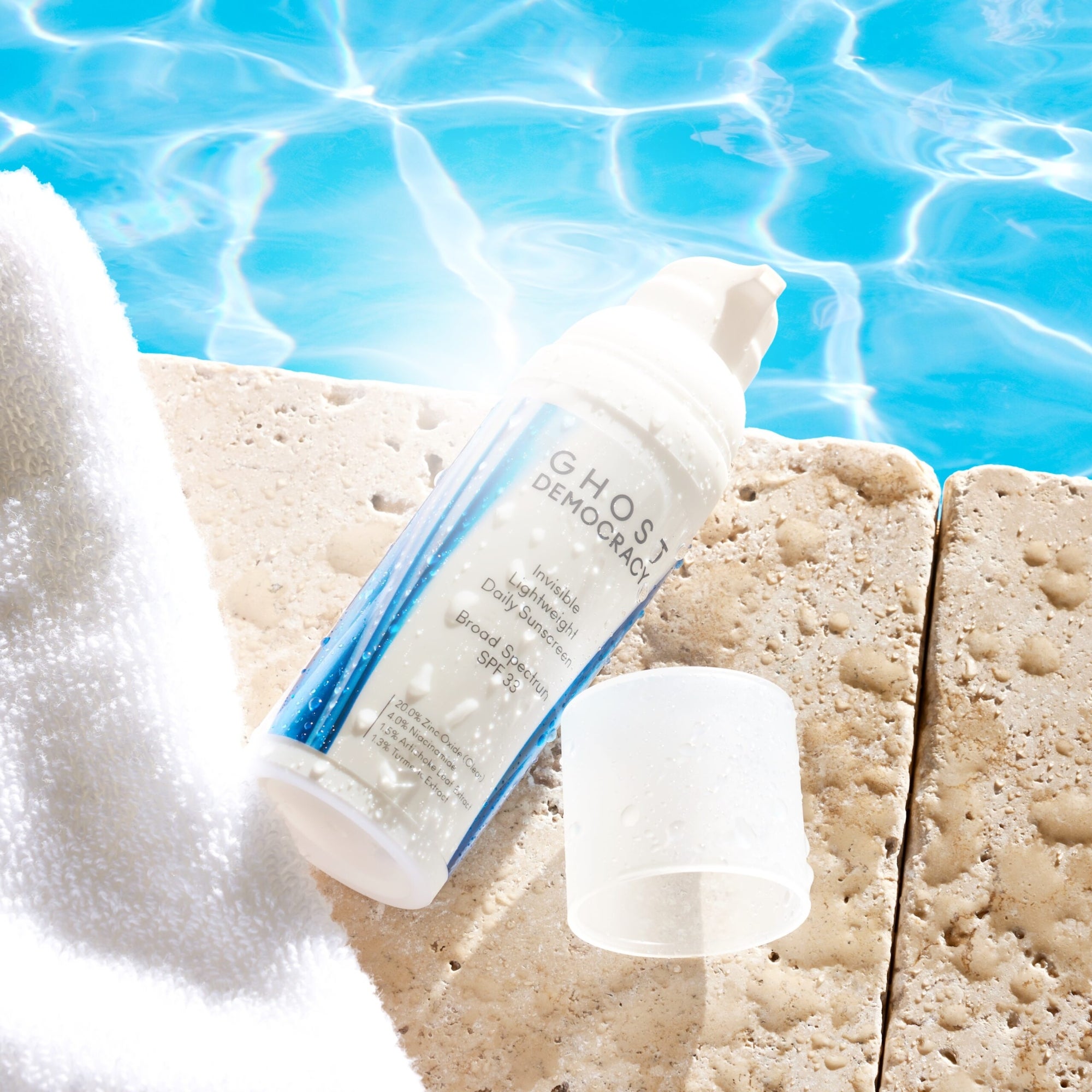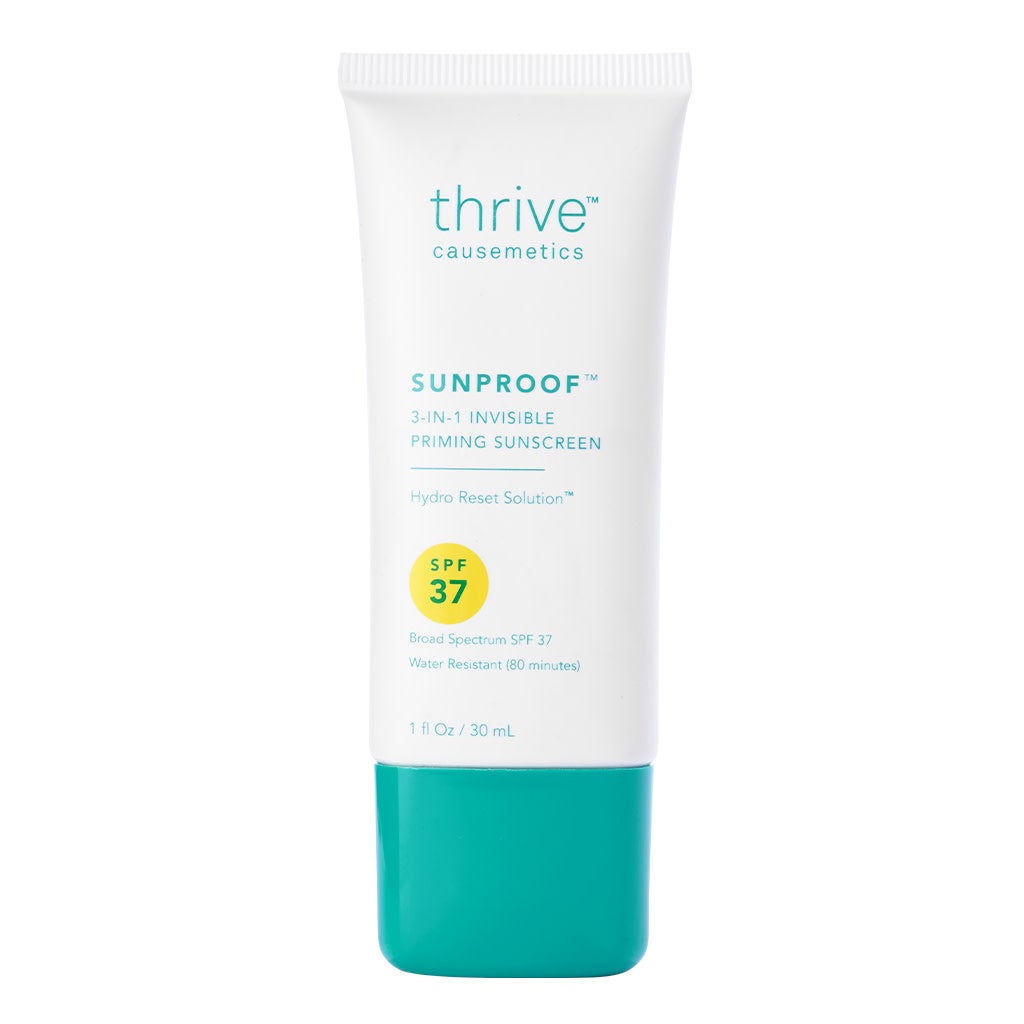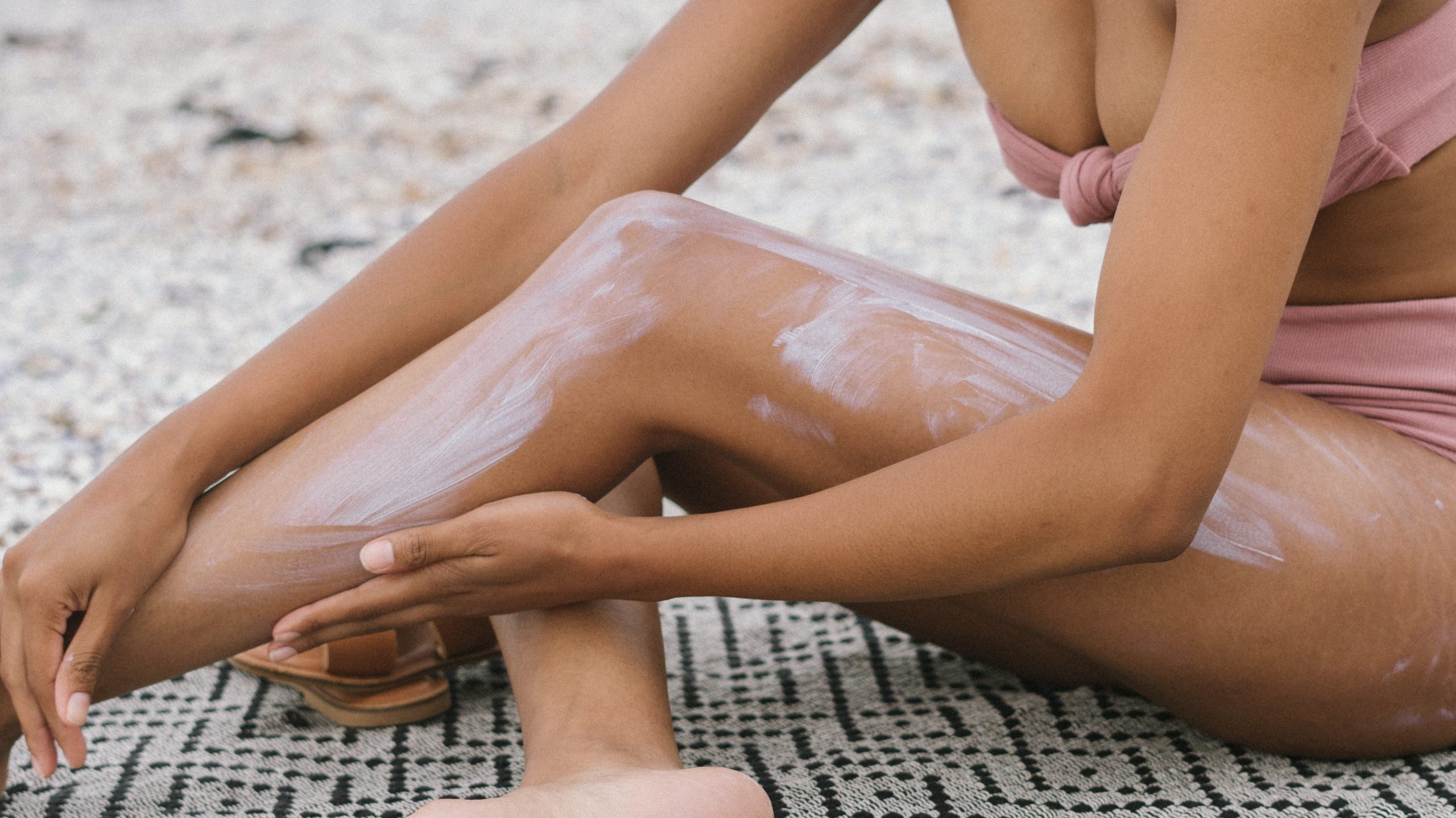
Let’s get right to the point: shea butter isn’t sunscreen! While shea butter has numerous advantages, it is not sufficient to shield you from the sun’s harmful rays.
This was a heated topic of discussion on Twitter, earlier this week (hence our deep dive):
“Shea butter has an estimated SPF of 3 to 4. This is not enough sun protection for adequate UV protection to prevent hyperpigmentation, DNA damage, skin cancers, photoaging, and wrinkles,” says Dr. Purvisha Patel, Board Certified Dermatologist and Founder of Visha Skincare. “We need to wear an SPF 30 on a daily basis for adequate sun protection.”
According to Dr. Patel, shea butter is best used on dry or inflamed skin, and in combination with a humectant. “Shea butter contains several types of fatty acids — including linoleic, oleic, palmitic, and stearic acids — that improve the skin’s natural barrier. Most moisturizers, including anti-aging moisturizers, often have active ingredients added to them to help with fine lines and wrinkles.”
So, how did the shea butter myth get started? Nobody knows for sure, but Dr. Patel believes it stems from People of Color’s historical relationship with the natural skin healer.
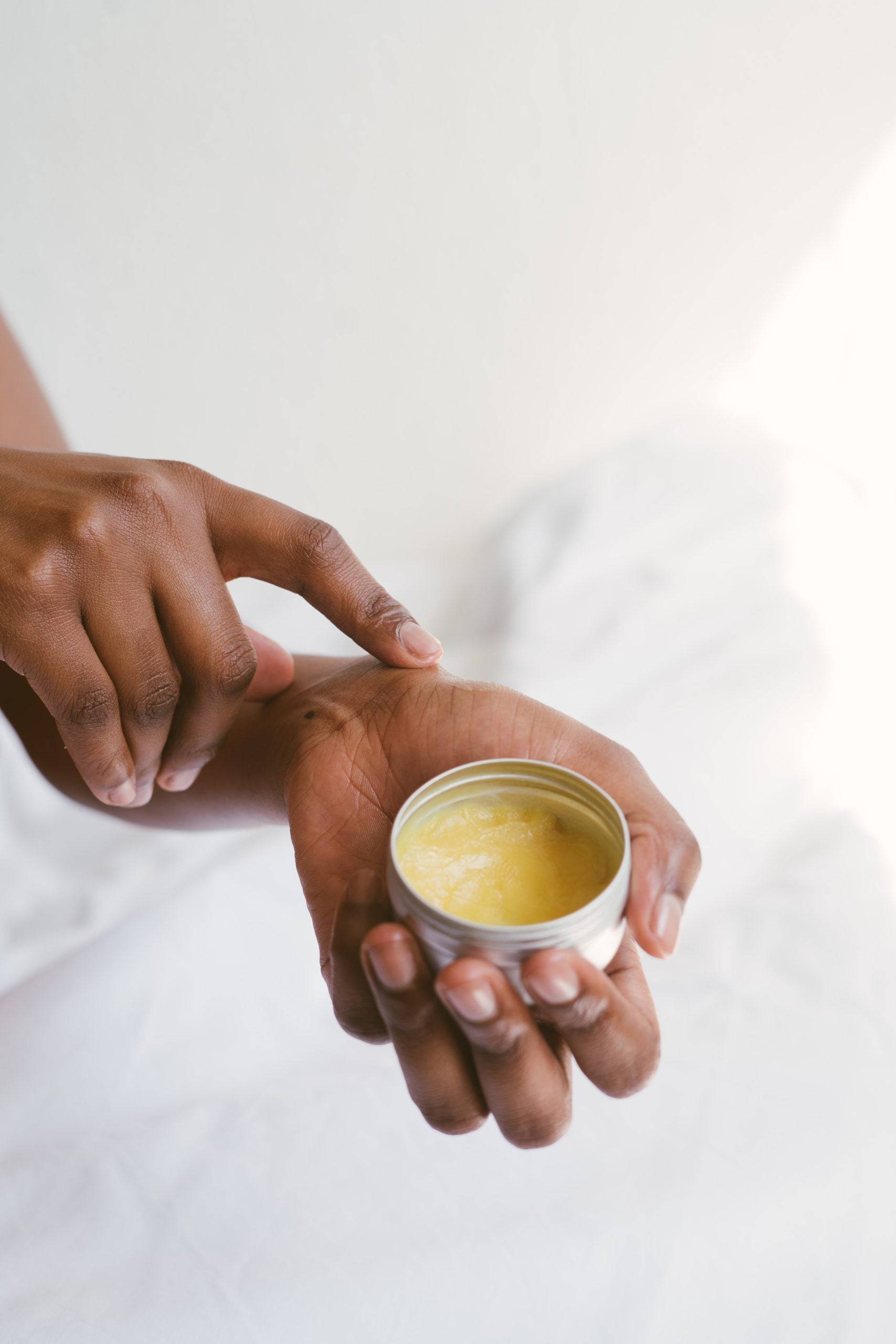
“It has been used in African countries for centuries as a moisturizer,” she explains. “It has a low SPF and has been observed on melanated people who have a natural skin SPF of 5-7. It can actually help with severe burns by moisturizing and soothing them afterward. However, it does not provide appropriate SPF protection.”
Dr. Patel wants to make it clear that while shea butter has many benefits for people of color, sunscreen is also essential. “SPF 30 is important for People of Color to prevent skin cancer and photoaging. Just because melanated individuals don’t get red and blister/burn does not mean we cannot burn,” Dr. Patel explains. “A sunburn in brown skin usually presents as peeling and tender skin after sun exposure, which means that DNA damage is still happening.”
SPF is best applied in mineral form, and there are numerous tinted sunscreens on the market that don’t create a white cast. The sun protection factor, or SPF, stops UV radiation from activating melanocytes and causing black patches. Because melanocytes are extremely sensitive, SPF 30 should be worn every day, even if it appears that there is no sun.
Dr. Patel advises that there are important times in which to apply sunscreen and shea butter. “It’s best to apply shea butter after getting out of the shower to help trap in moisture,” she points out. “Sunscreen should be used on sun-exposed skin every day before going outside. There are some sunscreens that act as moisturizers as well that also have shea butter as an ingredient.”
Here is a list of the Top 5 Sunscreens we use to protect ourselves from UV rays.
